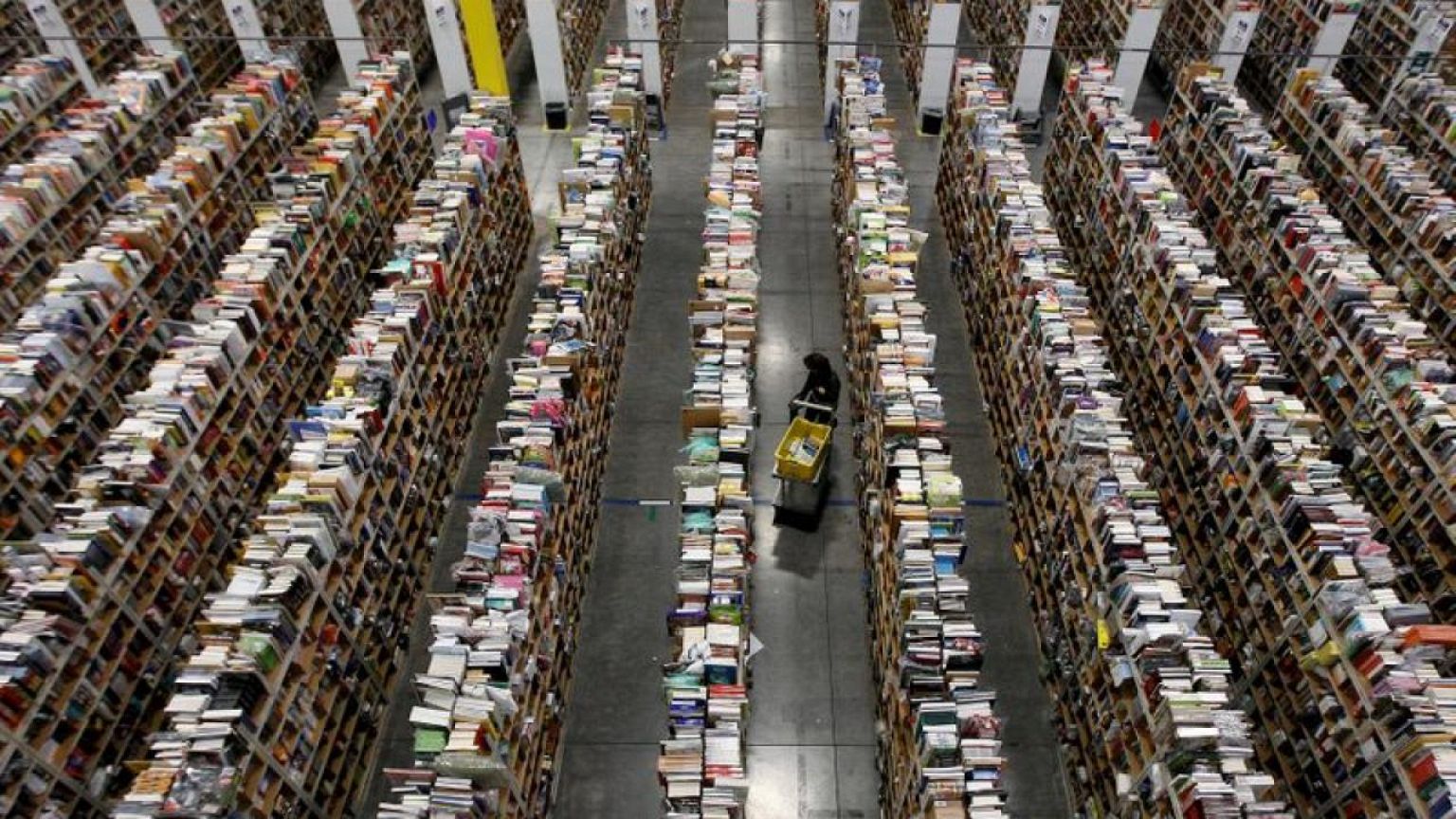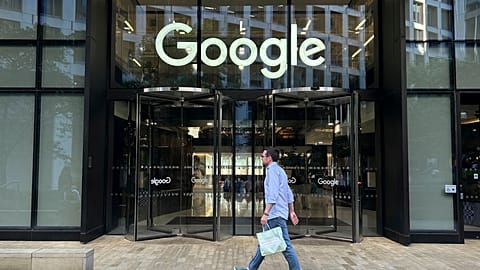By Howard Schneider
WASHINGTON - The rush to online shopping during the pandemic drove prices higher for goods ordered over the internet, eroding a long-standing cost advantage and possible evidence that overall inflation may become more persistent than thought, according to a new report from tech giant Adobe.
The study, analyzing a trillion retail site visits across 18 product categories matched to the closely watched U.S. Consumer Price Index that measures general inflation, found that online prices jumped 2.3% in June on an annual basis.
Graphic: Cost of digital goods turns up: https://graphics.reuters.com/USA-ECONOMY/PRICES/lgpdwmjlnvo/chart.png
They had fallen an average 3.9% annually from 2014 to 2019 and began turning higher last year.
For consumers, online shopping "has been a bit of a haven. They can get different pricing," said Vivek Pandya, lead analyst for Adobe Digital Insights. "Through the pandemic what we have seen is that is not so much the case."
The online price of appliances, for example, jumped 2.3% in June, after declining an average of 2.6% annually from 2015 to 2019 Adobe found. Online apparel jumped 16.2% after a steady 1% annual decline in price before the pandemic.
Graphic: Online shopping meets the pandemic: https://graphics.reuters.com/USA-ECONOMY/PRICES/myvmnmbgypr/chart.png
Some prices continued falling. The cost of computers declined nearly 10% over the year, matching its average pace of decline before the pandemic. But in another key online category, electronics, the steady 9% annual drop in prices slowed dramatically, with the cost of goods falling just 2.5%
Overall, Pandya said he felt the experience of the last year, as online shopping surged in popularity and became more common for things like groceries and household staples, has made online retailers both more subject to demand and supply chain pressures in the economy, and given them less incentive to discount.
"As retailers find demand and they are against (supply chain) shortages, they are pricing at higher levels. And in some instances consumers will reckon with that and say they are getting convenience and will continue to absorb the cost," he said.
That could be bad news for the U.S. Federal Reserve. Online retailing is regarded by some at the Fed as an important reason why inflation overall has remained low in recent years - with consumers just a glance at their phone away from finding the best price for a widening array of products.
If the pricing of online goods starts to behave more like that of goods in stores, it might make bouts of inflation more persistent - and not, as the Fed expects, only transitory.
Adobe developed its Digital Economy Index in 2014 but until now has updated it infrequently. It plans to release results monthly going forward.


















